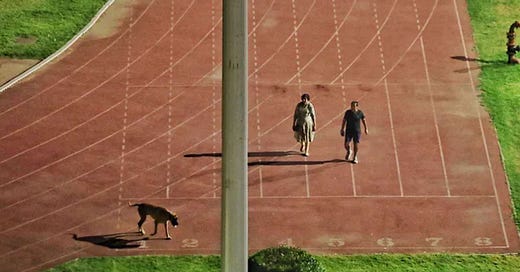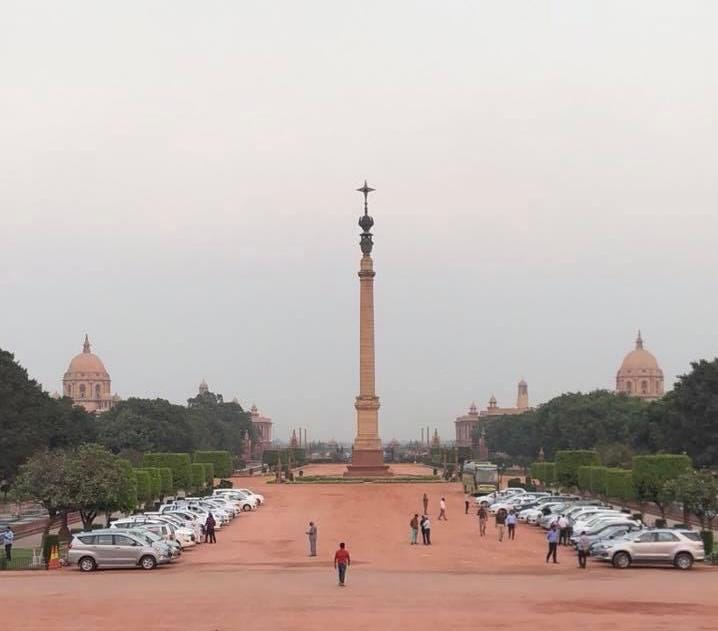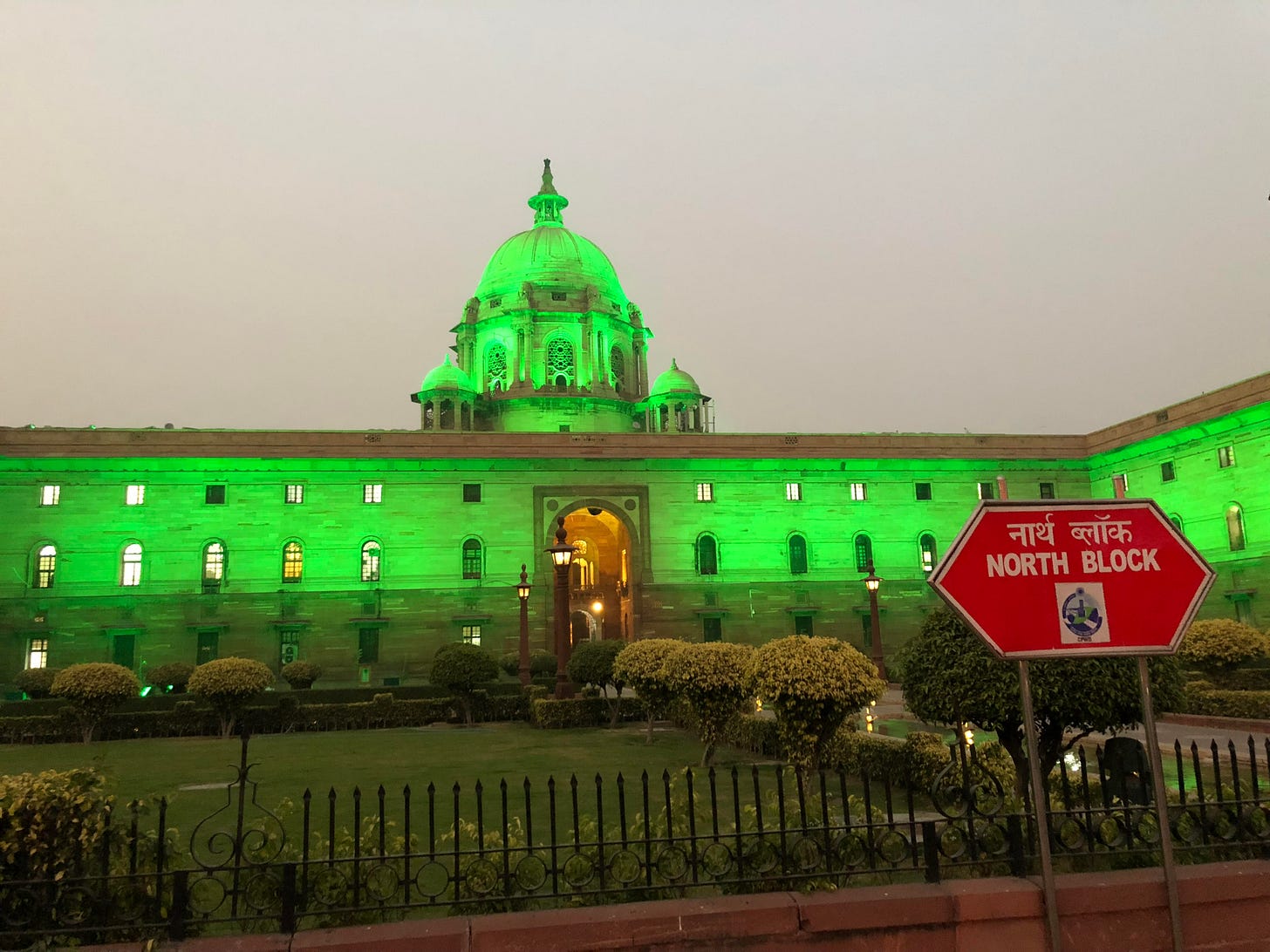Rinku Dhugga, IAS "Sack Order": A Question of Bureaucratic Accountability
Compulsory Retirement of Rinku Dhugga, 1994-Batch AGMUT IAS Officer: A Comprehensive Perspective
The Case of Rinku Dhugga: Questions of Bureaucratic Accountability
Rinku Dhugga, a 1994 batch AGMUT IAS officer, has been compulsorily retired by the Government of India, as reported by The Indian Express1. Ms Dhugga, along with her husband, Sanjeev Khirwar, who is her batch-mate as well as cadre-mate, had been in the news in May last year. They were transferred out of Delhi to Arunachal Pradesh and Ladakh (Union Territory) respectively, following reports that they were unauthorisedly asking athletes to vacate the Thyagaraj Stadium in New Delhi early so that they could walk their dog without any interruption.
Divisions in Bureaucratic Circles
The contentious transfers had divided the bureaucracy midway. One half believed the transfers were punitive in nature, while the other thought the delinquent couple had got away with mere transfers. The latter group argued that this was a fit case for invoking disciplinary proceedings to impose a major penalty, as the couple had manifestly abused their official position to the detriment of the aspiring athletes. It is learnt that both had joined their respective duties in Arunachal Pradesh and Ladakh and thereafter proceeded on long leave.
A Legal Dilemma
The compulsory retirement order of Ms Dugga brings into sharp focus the question of bureaucratic accountability. Additionally, it raises the issue of whether IAS officers have sufficient protection, as envisaged under Article 311 of the Constitution of India. The Indian Express quoted an unnamed government official as stating that Fundamental Rules (FR) 56(j) and Rule 48 of the Central Civil Services (CCS) Pension Rules, 1972, had been invoked. However, it is humbly submitted that these are not applicable to IAS officers.
The All India Services Act, 1951
The case of Rinku Dhugga would, therefore, be governed by and dealt with under the statutory rules framed under the All India Services Act, 1951. In our opinion, the compulsory retirement orders would have been issued under Rule 16 (3) of the All India Services (Death-cum Retirement Benefit) Rules, 19582, which had been comprehensively amended with effect from 31st January 2012, followed by comprehensive DOPT guidelines of 28th June, 20123.
Procedure and Guidelines
A perusal of these rules and instructions would indicate that compulsory retirement orders passed under these provisions are neither penal nor stigmatic in nature. Furthermore, these are not supposed to be preceded by either a regular departmental enquiry or a simple show-cause notice, although the rules do provide for a three-month notice, which can be dispensed with by paying three months' salary in lieu thereof.
A Balance of Interests
These amended statutory rules and the consequential guidelines envisage a process that is fair, just, and equitable. A comprehensive procedure has been laid out to assess the service record in its entirety for IAS officers at various stages and if the Government of India concludes that the officer's overall record is merely "average" or “adequate” or just "satisfactory," it is at liberty to issue compulsory retirement orders albeit without any loss in pension benefits.
Speculations and Implications
While the dog-walking incident might not have been the immediate cause for Ms Dhugga's compulsory retirement, it definitely provided the trigger for a chain of events leading to her "sack order." Ms Dhugga's proceeding on long leave after joining her post in Arunachal Pradesh might have been just one more factor reflecting negatively on her commitment to service.
Objective of the Rule 16(3)
The provisions under the All India Services Rules, as outlined above, strike a balance between the rights of individual officers to protection against arbitrary and whimsical removal from service, and the Government's right to remove inefficiency, without permitting stagnation in the system over the years. Equally paramount is the public's right to have IAS officers who serve with full commitment and dedication, rather than merely transitioning from one post to another at increasingly senior levels.
The Debate Over Constitutional Provisions
On the other hand, constitutional purists argue that Article 311 of the Constitution was specifically inserted to provide protection to all civil servants, not just IAS officers, shielding them from arbitrary hiring and firing by the prevailing government. They contend that these provisions, and this contentious order in particular, contravene those protections. The lack of an opportunity for a hearing also runs counter to the principles of natural justice. While it's easy to assert that these compulsory retirement orders are neither penal nor stigmatic, the fact remains that, in societal perception, such orders of compulsory retirement are often viewed as such.
Final Thoughts
Needless to say, the constitutional validity of Rule 16 (3) has yet to be tested, even though it has been on the statute books for over a decade—perhaps because it has never been invoked against a senior IAS officer. Be that as it may, the latest order, issued on behalf of the President of India—who is the appointing authority for all IAS officers—indicates the Narendra Modi Government's steadfast commitment to delivering clean and efficient governance to the citizenry. Consequently, IAS officers must adhere to an even higher standard and level of service. Gone are the days when the "members" (pun intended) of the so-called rusty steel frame of the IAS could lull themselves into a false sense of security with the notion that "I Am Safe."
https://indianexpress.com/article/india/ias-officer-rinku-dugga-compulsorily-retired-by-govt-8957780/
16(3) The Central Government may, in consultation with the State Government concerned, require a member of the service to retire from service in public interest after giving such Member at least three month’s previous notice in writing or three month’s pay and allowances in lieu of such notice, - (i) after the review when such Member completes 15 years of qualifying Service; or
(ii) after the review when such Member completes 25 years of qualifying Service or attains the age of 50 years, as the case may be, or
(iii) If the review referred to in (i) or (ii) above has not been conducted after the review of any other time as the Central Government deems fit in respect of such Member.
Explanation :- For the purposes of sub-rule (3), “review” of the entire service record of the Member of the Service regarding suitability or otherwise of such Member for further retention in the Service to be conducted regularly of each Member of such Service, firstly, after his completion of 15 years of qualifying Service and secondly, after his completion of 25 years of qualifying Service or on his attaining the age of 50 years, as the case may be, or if the review referred to in clauses (i) or (ii) of this sub-rule has not been conducted in respect of such Member, such review may be conducted at any other time as the Central Government deems fit.”
https://drive.google.com/file/d/13ZYiZV_ZL8Hs6nvsc48-s8obVSlLUjGC/view?usp=drivesdk









True